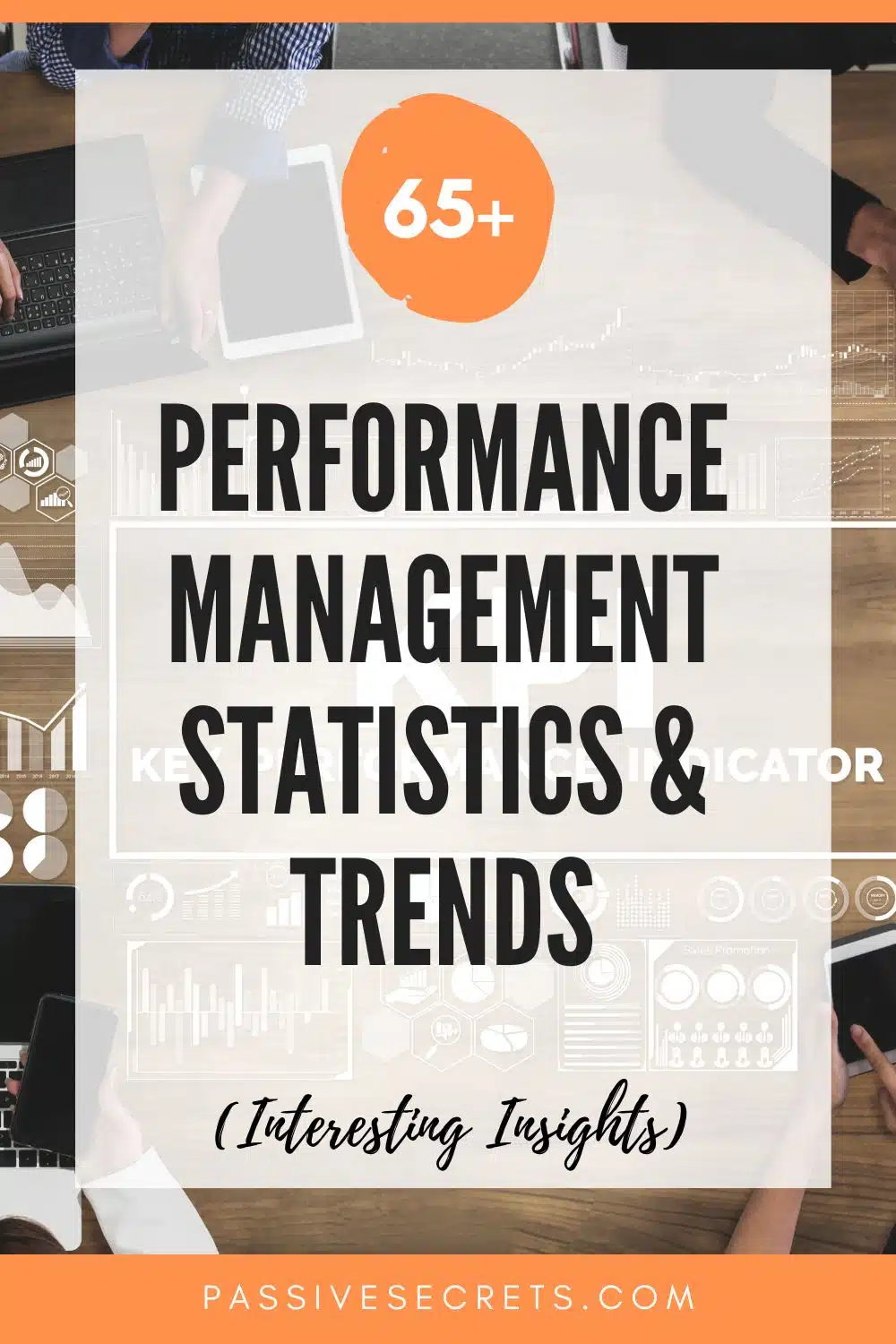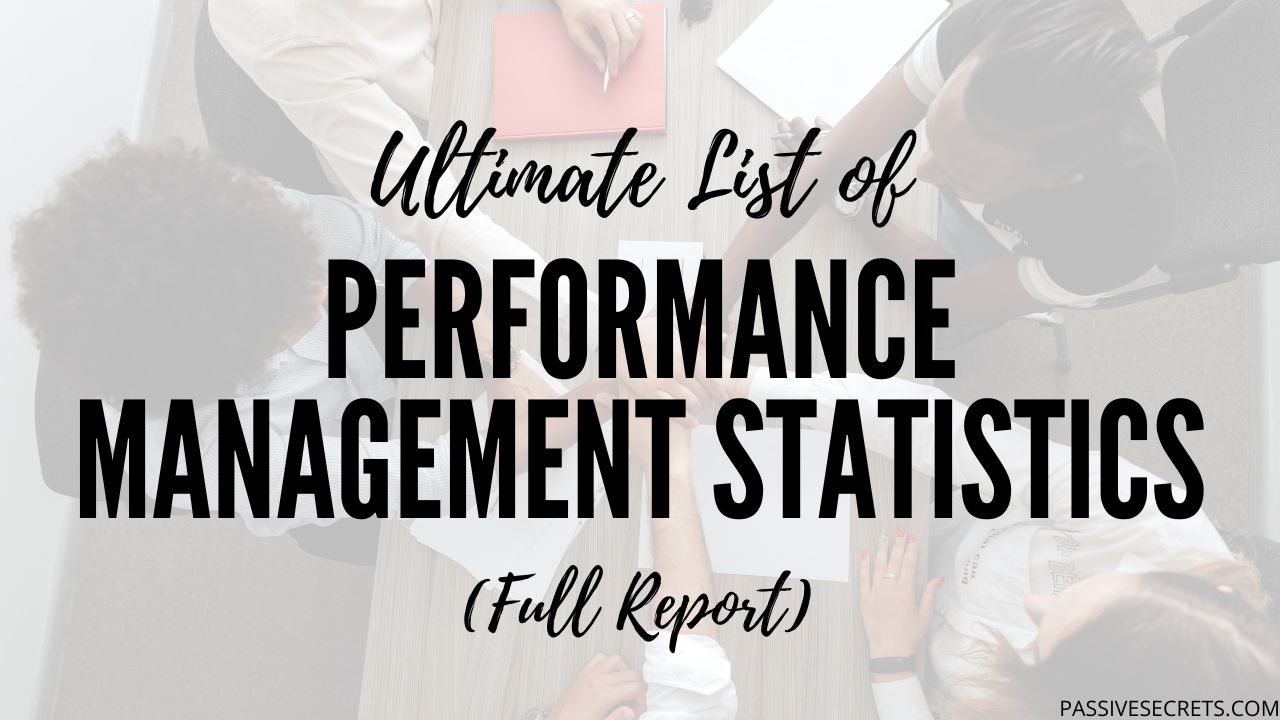
Performance management is at the heart of every successful organization. It drives employee growth, enhances productivity, and aligns individual efforts with business goals.
But how do you measure its impact effectively?
Performance management statistics provide valuable insights into trends, challenges, and strategies that shape workplace dynamics.
From the effectiveness of continuous feedback to the role of technology in employee evaluations, these data-driven insights are essential for making informed decisions.
Dive into the latest performance management statistics to understand how businesses optimize talent management and stay ahead in a competitive landscape.
Key Performance Management Statistics & Facts (Editor’s Pick)
- Employees are 57% less likely than leaders to consider performance management processes successful.
- 84% of managers agree burnout needs to be addressed through performance management.
- About 40% of employees lack regular conversations and feedback, severely hindering their professional growth and development.
- 70% of employees say that coaching and feedback technology improves their performance.
- 75% of employees who receive feedback from their employers claim that it has greatly influenced their success at work.
- 45% of executive professionals have shown that customer experience is one of the most critical strategic performances.
- Employees who consider performance management a success are 10x more likely to see opportunities for career advancement within their company.
- Managers account for up to 70% of the performance difference between high and low-performing employees.
- Employee engagement has been shown to reduce theft in organizations by 28% and accidents by 63%.
- 63% of companies still give annual performance feedback.
- 85% of employees who receive weekly performance reviews are more engaged.
- 49% of HR leaders are unprepared for emerging performance and management needs.
- 40% of employees lack essential performance management elements.
- Only 1 in 3 employees have access to performance management software.
Important Performance Management Statistics
1. Employees are 57% less likely than leaders to consider performance management processes successful. (source)
2. A recent report reveals that only 44% of employees are satisfied with performance management in 2023, a concerning drop, and also notes a decline in employees’ perceptions of fair evaluation. (source)
3. Nearly half (47%) of employees believe that the primary reason companies manage their performance is to increase productivity. (source)
4. Executives and HR professionals rate performance management highly (A+), but over 40% of employees disagree, viewing it as a failure. (source)
5. Nearly two-thirds (64%) of people managers are unclear about their roles, compared to fewer than half (48%) of executives and HR leaders. (source)
6. The global Enterprise Performance Management Software market is projected to reach $5.29 billion in 2024 and grow at a CAGR of 4.46% to reach $6.58 billion by 2029. The average spend per employee is expected to be $1.49 in 2024. (source)
As businesses seek to optimize financial planning and analysis, demand for EPM software is rapidly increasing worldwide.
7. The US Enterprise Performance Management Software market is expected to reach $2.87 billion in 2024 and grow at a CAGR of 4.05% to $3.50 billion by 2029. The average spend per employee in the U.S. is projected to be $16.54 in 2024. This growth is driven by the country’s strong economy and the need for efficient financial management. (source)
8. The global application performance management software market was valued at $4.36 billion in 2023 and is expected to expand at a compound annual growth rate (CAGR) of 13.4% from 2024 to 2030. (source)
9. The global Sales Performance Management (SPM) market is projected to grow from $2.3 billion in 2023 to $4.4 billion by 2028, with a compound annual growth rate (CAGR) of 13.6% during the forecast period. (source)
10. The Employee Performance Management System Market is expected to grow from $4.64 billion in 2023 to $8.73 billion by 2031, at a CAGR of 6.2% from 2024 to 2031. (source)
11. Companies that prioritize their employees’ performance are more likely to:
12. 52% of executives in MENA regions consider the availability of resources (e.g., time, money, personnel) to implement a performance management framework a top factor in their selection decision. (source)
13. Leaders are more optimistic about their performance management process, with 90% considering it a success, whereas only 55% of employees agree. (source)
14. In a recent survey, 84% of managers agree burnout needs to be addressed through performance management. (source)
15. 35% of companies without continuous performance systems also failed to implement year-round productivity enhancements. (source)
16. 14% of employees claim they are motivated by the “performance reviews” that exist in most organizations. (source)
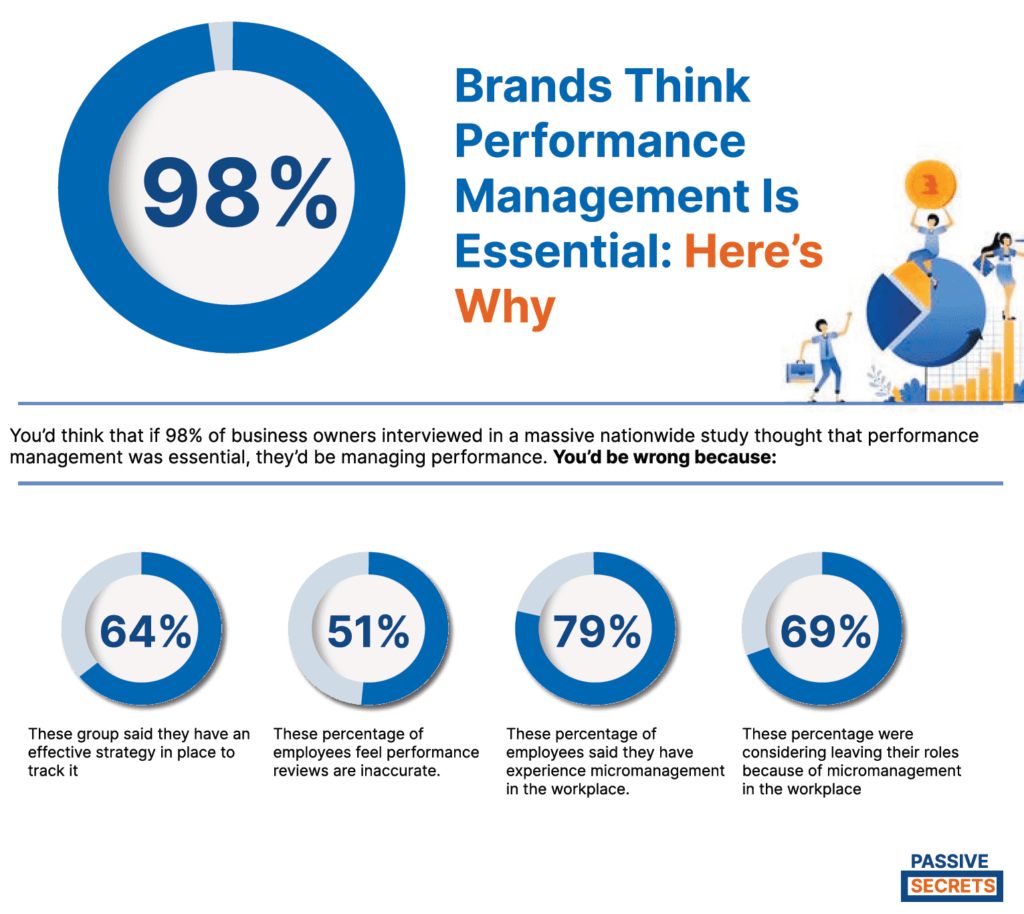
17. 98% of businesses believe performance management is essential, but only 64% say they have a practical approach. (source)
18. Some areas where companies with continuous performance management outperform traditional ones are increased productivity (66%), motivating the entire workforce (65%), and achieving top organizational goals (64%). (source)
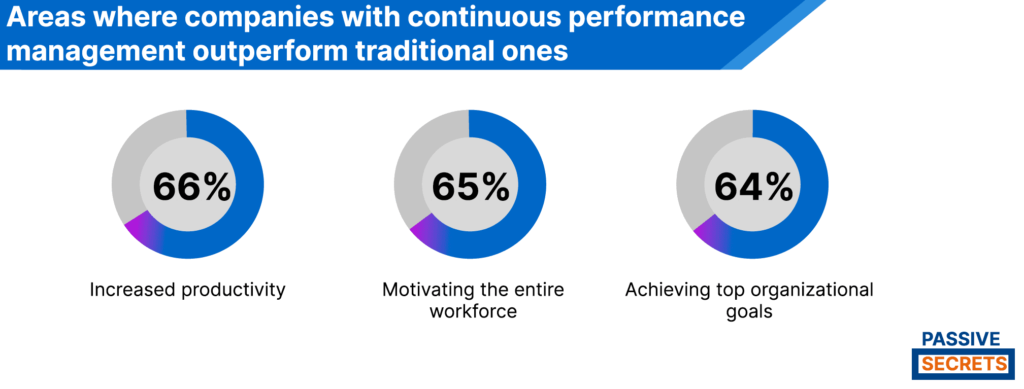
19. Performance appraisals through management dashboards, peer review, and 360-degree feedback have been proven to help employees improve and accomplish the company’s overall goals. (source)
Employee Feedback Statistics
20. Up to 40% of employees lack regular conversations and feedback, severely hindering their professional growth and development. (source)
21. Employees who receive regular conversations and feedback are three times more confident in their ability to perform well, have significantly improved skill growth, and are three times more likely to see opportunities for internal career advancement. (source)
22. 70% of employees say that coaching and feedback technology improves their performance. (source)
23. The preferred methods for receiving feedback are face-to-face meetings (83%), email (41%), and recognition/rewards (35%). (source)
24. 70% of employees prefer positive, strengths-based feedback, while 30% want constructive, challenging feedback from managers. (source)
25. Companies adopting continuous performance feedback significantly outperformed the competition at a 24% higher rate. (source)
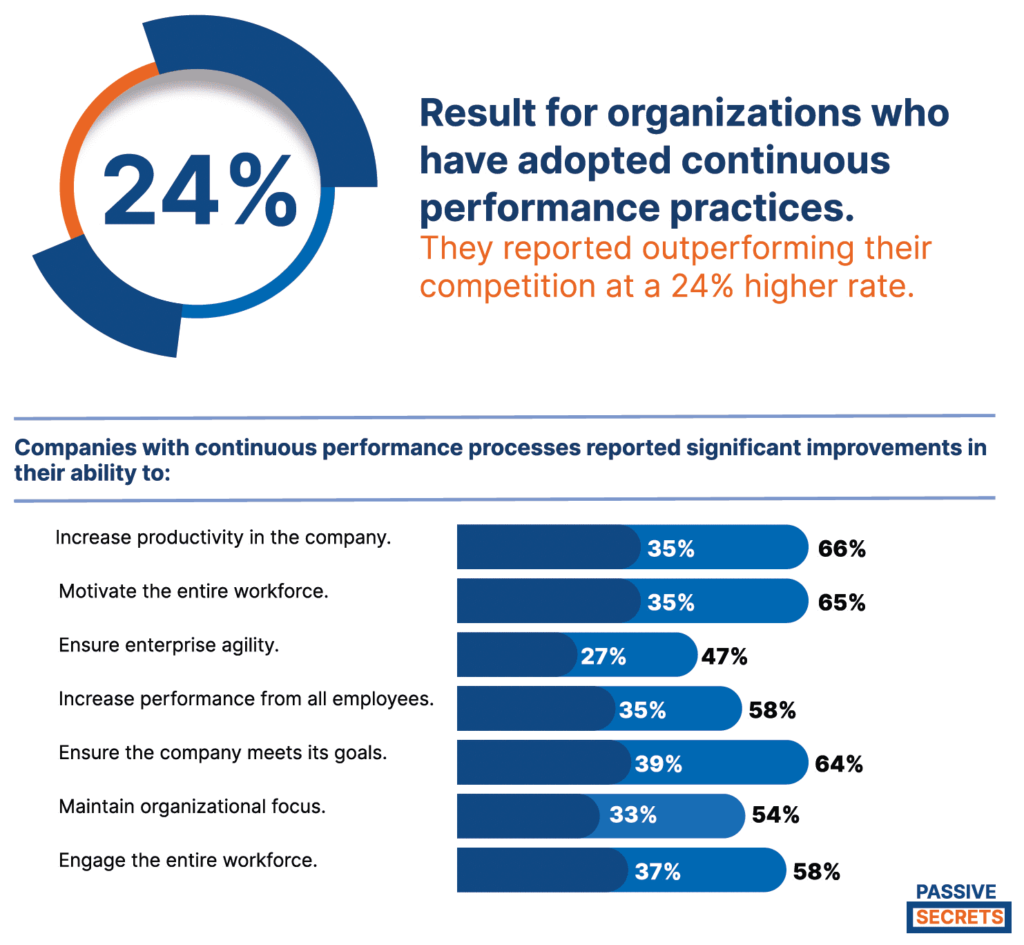
26. 82% of employees say they want to be regarded as people, not just workers in their different organizations. (source)
27. The team members of managers who provide weekly feedback instead of annual are 5.2x more likely to agree that they receive meaningful feedback strongly. (source)
28. Employee engagements help build trust, purpose, and autonomy within workers and build some level of oneness on the outside. (source)
29. A survey has shown that 36% of engaged employees are enthusiastic about their jobs and even willing to offer extra efforts to make the business move forward. (source)
30. Around 10% of U.S. workers felt engaged after receiving negative feedback on the job. (source)
31. 30% of workers are so discouraged by negative feedback that they actively seek new employment. (source)
32. A survey showed that 15% of disengaged employees always complained to their co-workers and did not maintain the office culture. (source)
33. 75% of employees who receive feedback from their employers claim that it went a long way in influencing their success at work. (source)
Performance Appraisals Statistics
34. 45% of executive professionals have shown that customer experience is one of the most critical strategic performances. (source)
35. 53.7% of organizations affirmed that improving customer experience led to an increase in customer loyalty. (source)
36. 81% of HR leaders are making changes to performance management. (source)
37. 29% of organizations that use peer review feedback reported it had the most positive effect when it was ongoing rather than given at certain times of the year. (source)
Employee Performance Statistics
38. Employees’ feelings of high productivity increase by 31% when they believe their company’s performance management processes are effective. (source)
39. Employees who consider performance management a success are 10x more likely to see opportunities for career advancement within their company. (source)
40. Companies are failing to develop the skills and careers of half of their employees. (source)
41. 94% of employees are somewhat happy at work, but only 25% feel their company is invested in their growth and development, affecting their satisfaction and likelihood to leave. (source)
42. Managers account for up to 70% of the performance difference between high and low-performing employees. (source)
43. 22% of employees have called in sick rather than face a performance review. (source)
44. About 50% of the workforce understands work expectations. (source)
45. Workplace training and developments have been proven to increase the engagement and efficiency of workers. (source)
46. The average company’s most significant productivity losses are often caused by less than 20% of employees who are ‘disengaged’ or ‘extremely disengaged.’ (source)
47. Employee engagement has been proven to have benefits such as a 78% decrease in absenteeism, an 18% increase in productivity, and a 10% increase in customer loyalty. (source)
48. Employee engagement has been shown to reduce theft in organizations by 28% and accidents by 63%. (source)
49. Companies with engaged employees had 89% greater customer satisfaction and 50% higher customer loyalty than their disengaged counterparts. (source)
50. 22% of remote workers claim it is hard to unplug after work. (source)
51. 1 in 3 employees cited boredom as the main reason for leaving the workplace. (source)
52. 81% of employees feel at risk of burnout in 2022. This is an increase from 63% in 2019. (source)
53. In a survey, only 67% of employees felt engaged in their work. (source)
Performance Review Statistics
54. 63% of companies still give annual performance feedback. (source)
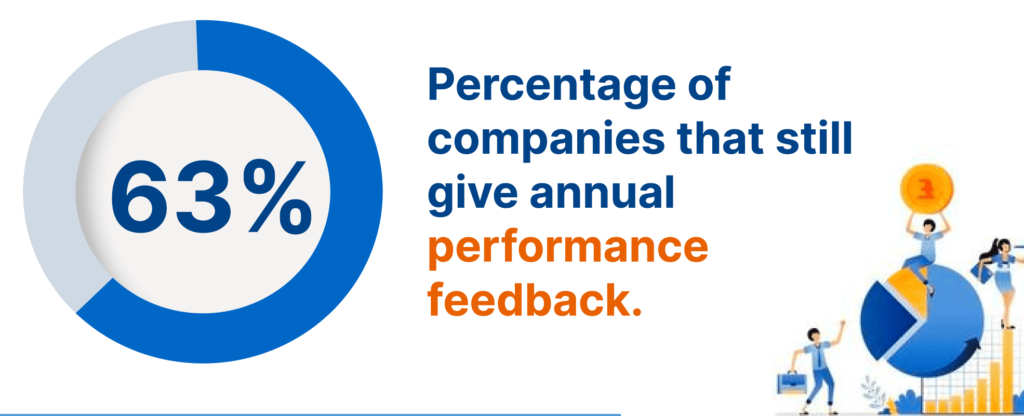
55. HR teams with a continuous performance program are 50% more satisfied than companies relying on an annual system. (source)
56. 85% of employees who receive weekly performance reviews are more engaged. (source)
57. Organizations with continuous performance processes are 39% better at attracting top talent and 44% better at retaining talent. (source)
58. Companies and organizations with greater-than-average employee engagement reported 27% higher earnings and 38% higher productivity. (source)
59. 47% of HR leaders are unaware of employee skill gaps, and 60% claim that building skills and competence will be a top performance management priority. (source)
60. 47% of millennials started looking for a different job after receiving their performance review. (source)
61. The use of annual review systems decreased from 82% in 2016 to about 54% in 2020. This value is said to keep declining as progress is made over the years. (source)
62. 49% of HR leaders are unprepared for emerging performance and management needs. (source)
63. 35% of HR leaders struggle to maintain accountability regarding DEI (Diversity, Equity, and Inclusivity). Inclusivity has been seen to be a critical metric in determining employees’ performance as of 2021. (source)
Performance Enablement Statistics
64. 40% of employees lack essential performance management elements, hindering their engagement, productivity, and sense of belonging. (source)
65. Two-thirds of managers require additional support to deliver performance management effectively. (source)
66. Managers are coping with their workload by:
And only 11% say they don’t have a high burden of responsibilities and workload. (source)
67. Human Capital Management (HCM) systems perform 70% better when paired with purpose-built performance management software. (source)
68. 80% of employees use smart technology at work, yet over half of employers haven’t fully utilized technology to support employee performance and growth. (source)
69. Employees with access to performance management software are more likely to trust and like their managers and 15% more likely to receive timely and effective feedback. (source)
70. Only 1 in 3 employees have access to performance management software, while 39% say their organization doesn’t have such a platform. (source)
Latest Performance Management Trends for 2025
1. Continuous Feedback and Check-ins
Continuous feedback is a better performance management measure than waiting for an annual or bi-annual report.
When feedback is analyzed frequently, progress is more likely to be seen than when employees wait months for reports and reviews. Continuous feedback can also help workers stay engaged as they can set and reset goals using the reviews obtained.
The recent trend agrees it’s time to ditch the annual performance reviews and appraisals. However, 65% of employees clarified that they need and want more feedback.
This article is not against annual performance reviews. Instead, it clearly states that continuous feedback and coaching can improve your company’s accountability, transparency, and leadership.
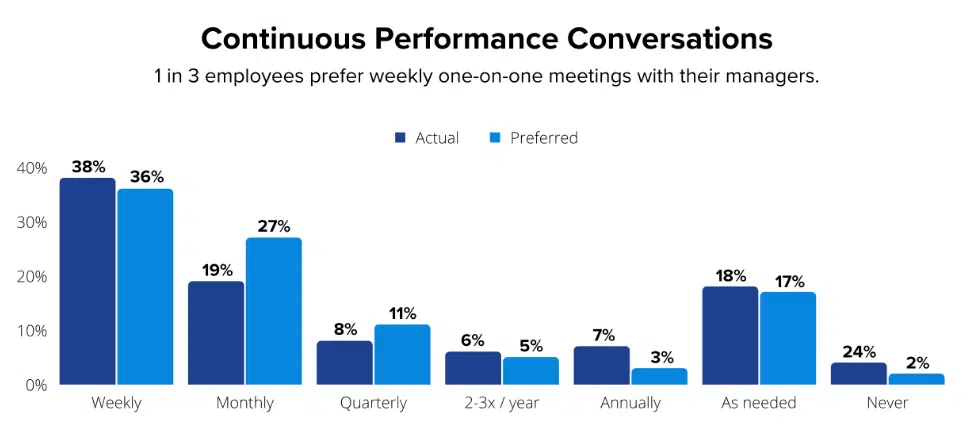
Your employees need to know how well or poorly they are doing. Knowing their performance will help them improve and offer better services to your clients.
You can achieve this with the aid of feedback software.
If, as a manager, you only evaluate employees once a year, you may need help creating an accurate picture of an employee’s performance.
The truth is most employees are involved in several projects now.
Therefore, it is best to document the performance in real-time and always give it out to improve performance.
2. Employee Development
Employee development can be a valuable tool for performance management. It enhances employee performance by providing opportunities for training, mentoring, and feedback.
Organizations can boost employee engagement and motivation by investing in employee development, driving better worker performance.
Employee development helps close skill gaps that may limit employee performance and fosters a culture of continual learning and improvement.
There are several factors to consider when developing employees;
3. Data-driven Insights on Employee Performance
The days are gone when vital company decisions were based on the manager’s gut feeling or biases. Data-driven performances are not just for promotion and compensation.
These data can be effective in assessing performance management.
The data can also unlock talent management among workers in your company. With the data, you can answer the questions:
For any organization intending to survive competition, making data-driven decisions is the way.
Moreover, these data-driven decisions motivate and encourage employees’ performance. These performance data can also be effective in advancing careers and identifying gaps in your firm’s competencies.
You fill these gaps through project staffing and planning.
As a manager, analyzing the year-to-year trends in performance management helps you see how everyone is advancing and flowing with the trends. With the information, you can determine who needs more help adjusting.
4. Foster Employee Well-being
Fostering employee well-being is a core focus in performance management, recognizing its direct impact on productivity and engagement.
Organizations are already prioritizing mental, physical, and emotional health through supportive policies and flexible work arrangements, and they will continue to do so in 2025 and beyond.
Companies will also give access to resources like wellness programs and counseling.
By embedding well-being into workplace culture, companies create environments where employees can thrive, driving sustained performance and satisfaction.
5. Annual Performance Reviews
In 2025, annual performance reviews will remain an important part of performance management, evolving alongside continuous feedback trends.
They serve as a strategic checkpoint for evaluating achievements, setting future goals, and aligning individual contributions with organizational priorities.
Modern tools and data-driven insights make these reviews more effective. They ensure employee growth and adaptability to hybrid work environments while fostering recognition and development.
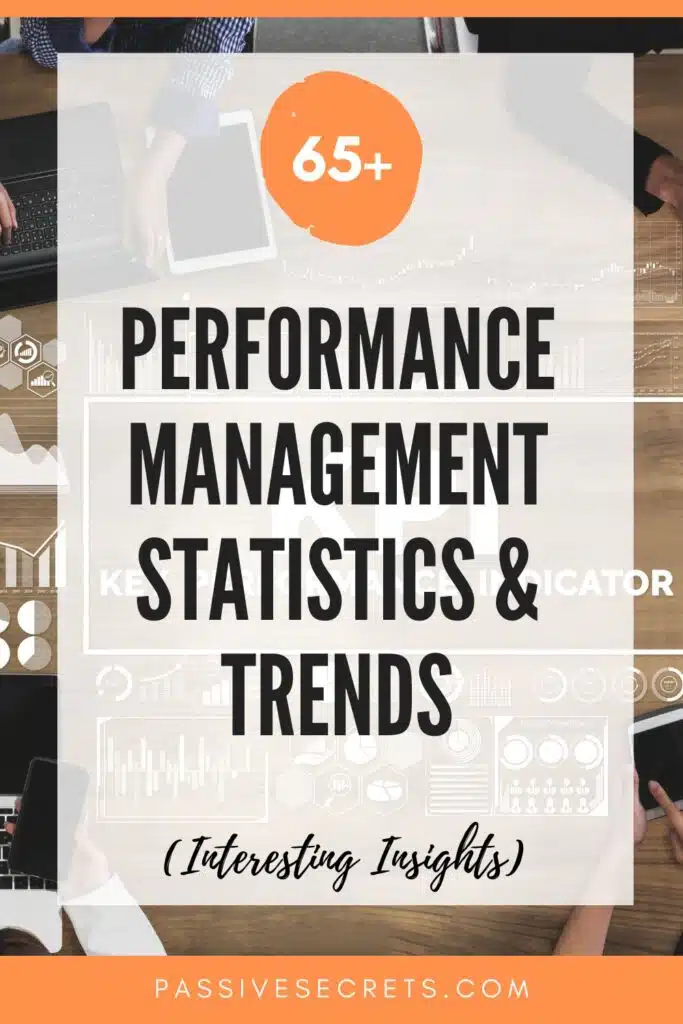
Related Posts:
- 80+ Employee Benefit Statistics: Insights and Trends
- The Most Important Wealth Management Statistics You Can’t Afford to Ignore
- Enterprise Data Management: Essential Statistics and Emerging Trends
- 93 Talent Management Statistics to Help You
- Top Reputation Management Statistics and Trends to Improve Your Brand
- 36 Helpful Social Worker Burnout Statistics To Know
- 100 Business Process Outsourcing Statistics & Facts
- Top HR Outsourcing Statistics and Trends Every Business Must Know
- The Top Outsourcing Statistics You Shouldn’t Ignore
- 47+ Shocking 4-day Work Week Statistics To Know
- 105+ Supply Chain Statistics & Facts You Can’t Ignore
- 50+ Interesting Employer Branding Statistics And Trends
- Job Seekers Statistics: Unemployment Rates, Preferences, Challenges
- 95 Interesting Job Interview Statistics and Huge Trends To Know
- 60+ Helpful Change Management Statistics & Facts
- Workforce Management Statistics: Trends, Insights, & Opportunities
- 73 Revealing Workplace Distraction Statistics
- Workplace Romance Statistics: How Common Is Workplace Romance?
- 40+ Top Workplace Conflict Statistics You Should Know
- The State of Workplace Communication: Key Statistics and Trends
- 55 Workplace Collaboration & Teamwork Statistics

